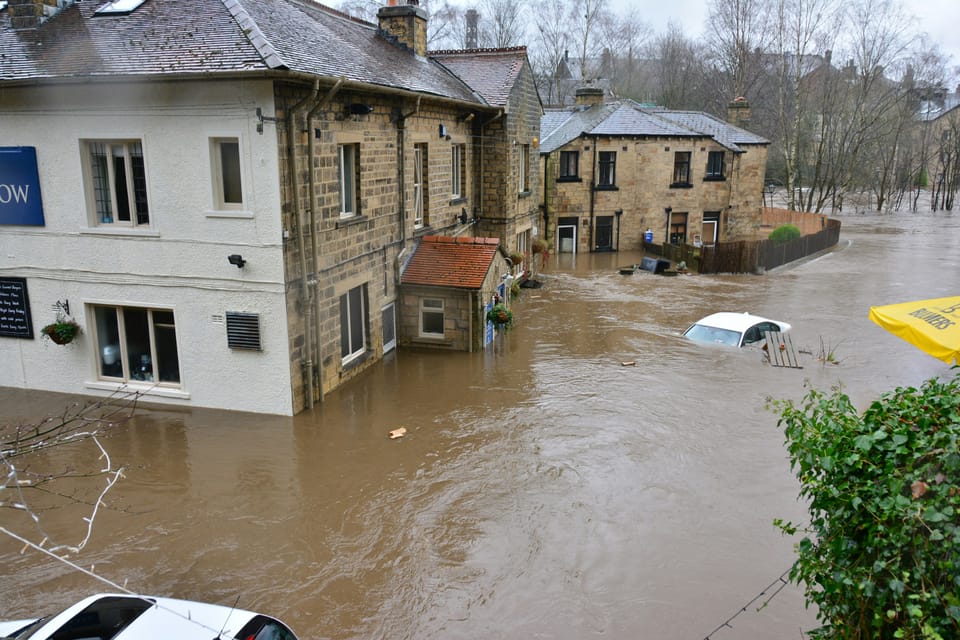COP29: Climate resilience gets growing support – but insufficient funds

Climate resilience initiatives such as Race to Resilience and Resilience4Ports are receiving growing support – but adaptation funding pledges have dwindled over the last few COPs.
Climate catastrophes are increasingly frequent and deadly, and evidence of the cost of climate catastrophes is mounting: last month’s DANA floods in Spain are anticipated to drive insured losses of over US$4 billion.
As a result, themes of adaptation and resilience are becoming more prominent at climate conferences. Just this week, at least three resilience initiatives made major announcements at COP29.
But judging from the level of financial commitment to the Adaptation Fund – which was launched in 2010 to finance climate change adaptation and resilience projects and programmes in vulnerable communities – few stakeholders are putting their money where their mouth is.
Adaptation Fund: Record-low commitments at COP29
The fund has a target of raising US$300 million per year from donor countries – and this is the third year in a row that this goal hasn’t been met. Worse, donations appear to be dwindling: after collecting US$355.6 million in 2021, the number dropped to US$233.1 million in 2022, US$191.7 million in 2023, and just US$61 million so far in 2024.
Speaking on the sidelines of COP29, Mikko Ollikainen, Head of the Adaptation Fund, said the lack of financial commitments this year was “puzzling”, considering that “contributor governments [are] almost all talking about the importance of adaptation – and quite a few of them are recognising the need for grant-based financing for adaptation especially”.
He believes the disappointing result of this year’s fundraiser – where recently flood-hit Spain was the largest donor – may be linked to negotiations around the new collective quantified goal (NCQG), which is meant to replace the US$100 billion a year rich countries had pledged to provide to developing economies in support of climate action between 2020 and 2025.
Experts estimate that developing countries’ need for external climate finance stands at around US$1 trillion a year by 2030, and US$1.3 trillion by 2035 – with around half of that to come from public finance, and the other half to be mobilised from private finance.
Read also: Climate resilience approaches (and budget considerations) for Chief Sustainability Officers
Climate resilience at COP29
This week at COP29, Race to Resilience announced that its campaign, which aims to mobilise ‘non-party stakeholders’, meaning UN agencies, NGOs, cities and regions to increase the climate resilience of 4 billion people by 2030, is now supported by 41 partners in 164 countries.
This is a 20% increase from 2023, and represents growth of 35% since the launch of the campaign in 2022 – and means 2 billion people around the world will benefit from these organisations’ commitment to climate adaptation.
Human development for climate resilience
At the same time, the COP29 presidency and international partners such as UNESCO, UNICEF and the Green Climate Fund pledged to support the ‘Baku Initiative on Human Development for Climate Resilience’, which aims to foster collaboration around human-centred climate resilience initiatives – particularly education, health, social protections and skills development.
And the Resilience4Ports initiative launched a call to action for its partners to address the resilience of port infrastructure and operations and activities by committing to understand and manage climate risks; integrate climate resilience into business models and processes; foster community focus in business continuity; and share knowledge and experiences.







Member discussion